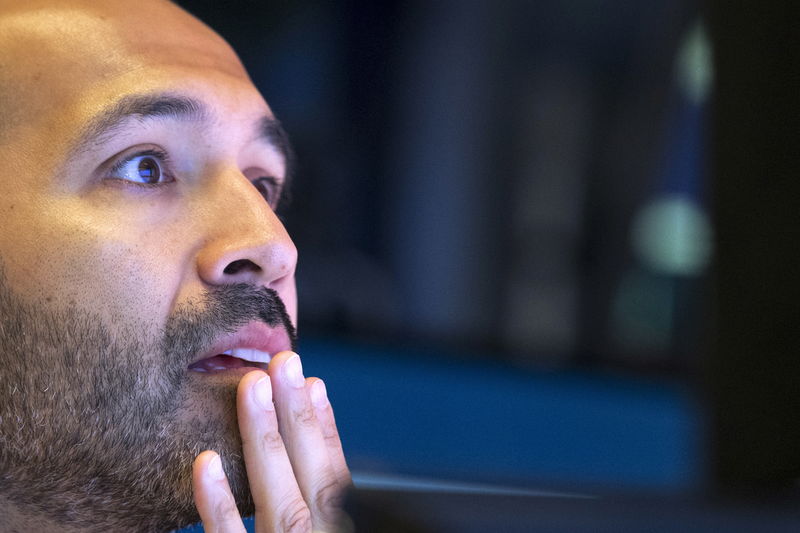Street Calls of the Week
Roche is set to launch its first continuous glucose monitor (CGM) in Europe after receiving CE mark approval in July for its Accu-Chek Smartguide.
According to Sérgio Moreiras, the company’s international business leader for continuous monitoring, Roche is preparing to introduce the device for individuals aged 18 and over with Type 1 or Type 2 diabetes in the Netherlands, Switzerland, and Germany.
Speaking at the European Association for the Study of Diabetes (EASD) annual meeting in Madrid, Moreiras highlighted the 14-day wearability of the CGM and its predictive algorithms, which Roche believes will set it apart from competitors such as Abbott and Dexcom. However, the Smartguide requires initial calibration using a finger stick, a step that some newer CGMs bypass.
Addressing the risk of hypoglycaemia, Moreiras explained that more than 40% of people with Type 1 diabetes experience nighttime hypoglycaemic events, while those with Type 2 diabetes face an average of 23 hypoglycaemic incidents per year.
“Clearly, the hypoglycaemia fear was something that we felt that had to be addressed when we were going towards building our solution,” he said.
CGM features
Roche’s CGM incorporates three predictive features: one to assess the risk of low blood glucose within 30 minutes, another to forecast glucose levels over the next two hours, and a third to predict nighttime hypoglycemia risk.
Pau Herrero, Roche’s algorithm and decision support tech lead, emphasised the uniqueness of these features compared to the traditional trend arrows used by other CGMs, which forecast glucose levels over 20 minutes.
The Smartguide’s predictions are driven by machine learning models using multiple days of patient data.
In tests across three datasets, the Accu-Chek Smartguide achieved 95% sensitivity and 99% specificity in predicting low glucose levels within 30 minutes, and 77% accuracy for detecting nighttime lows.
Roche is currently in discussions with the US Food and Drug Administration (FDA) about bringing the Smartguide to the United States, though no timeline has been provided. A paediatric version is also under consideration, but no launch details were shared.
